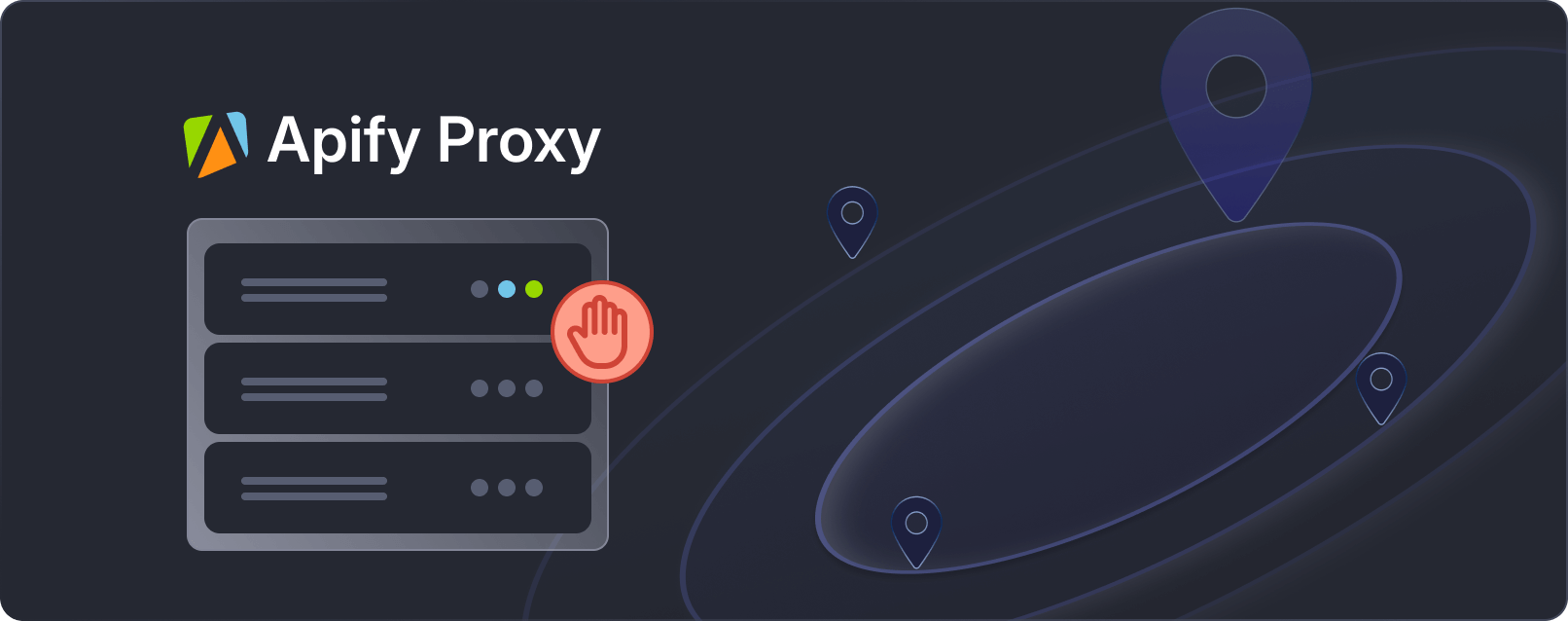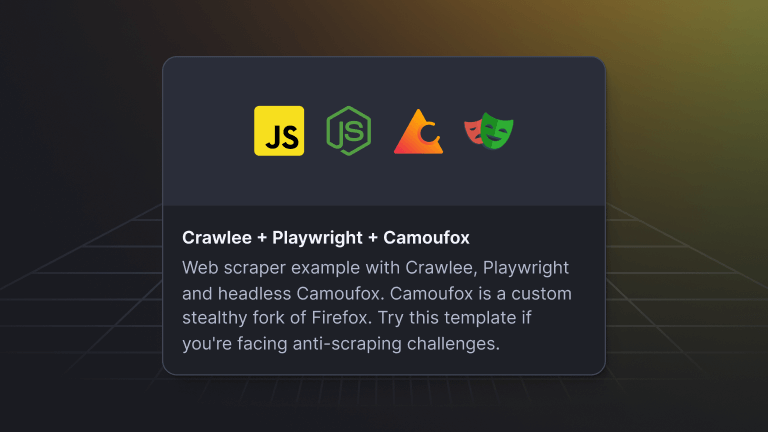Seeing a 444 status code shouldn't stop you from extracting publicly available data from any website. But if you're getting blocked by a 444 error from Nginx server, here are a few things you can do.
What is Error 444?
The HTTP response status code 444, known as "No response" is a non-standard client-side error that is normally associated with Ngnix servers. 444 usually indicates that the server has closed the HTTP connection without any communication sent to the client, including any reasoning or details about this particular status code.
In other words, it's an Irish goodbye among the HTTP codes (or English or French, depending on where you're from). Now, should you be concerned or start gearing up your crawler accordingly? Let's find out.

Why 444 code error is common when web scraping
A Nginx proxy server acts as an intermediary between clients (such as web browsers, applications, or web scraping tools) and backend servers (also known as end servers or origin servers). Its primary function is to handle client requests and forward them to the appropriate backend server, then relay the response back to the client.
So when the proxy server gets triggered by excessive requests, it can choose not to relay the response back to the client and instead abruptly cut it off, giving it a 444 code error. In the context of scraping, getting it might be just a few more scraping attempts away from getting blocked. Your scraper's next stop could very well be a 403 error.
The most common causes of HTTP 444 error
1. Nginx terminates the connection
The primary reason for encountering the 444 error is when the Nginx server abruptly terminates the connection without sending any response. This can happen due to various reasons, including network issues, overloaded server resources, or configuration settings.
2. Security measures
Nginx may close connections as a security measure to protect against certain types of attacks or malicious activities. For instance, if the server detects suspicious traffic patterns or potential threats, it may choose to terminate connections without providing further information to the client.
3. Web scraping challenges
Connected with the previous point, if you're the one scraping excessively, the server might have just blocked you with an 444 HTTP error. Websites often deploy defense mechanisms to deter scraping, such as detecting and blocking automated bots or aggressive scraping. In response, Nginx may choose to terminate connections from a device or IP that it suspects are scraping operator undercover.

Blocked again? Apify Proxy will get you through
Improve the performance of your scrapers by smartly rotating datacenter and residential IP addresses.
Available on all Apify plans
Potential solutions to the 444 Error
1. Investigate server logs
If you're the one not scraping but dealing with website issues, a good starting point to solving 444 is to analyze your end server logs. Look for clues that might explain the 444 errors — it could be as straightforward as network troubles, resource limitations, or security alerts.
2. Optimize server settings
It's also wise to take a look at your Nginx configuration. Maybe the problem lies with your proxy server and something as simple as adjusting settings like connection timeouts, buffer sizes, and resource thresholds will accommodate traffic more effectively and prevent unwanted shutdowns.
3. Respect the website's rules
Lastly, when scraping, it's crucial to respect the target website's guidelines and terms of service and avoid aggressive scraping tactics. In a world where anti-scraping tactics are becoming stronger by the day, it's far too tempting to come in with the biggest weapons right away.
What starts as a simple disregard for robots.txt rules then can snowball into such as bombarding a site with too many requests quickly, and getting blocked by the server. Scraping responsibly can decrease the chances of running into the 444 error and maintain smooth, non-bothering interactions with web servers.
In summary, the 444 HTTP error code indicates that the Nginx server has closed the connection without providing a response to the client. By understanding the potential reasons behind this error and implementing appropriate solutions, web admins and web developers alike can address connectivity issues, optimize server configurations, and ensure smoother interactions between clients and servers, minimizing disruptions for users and automated processes.






